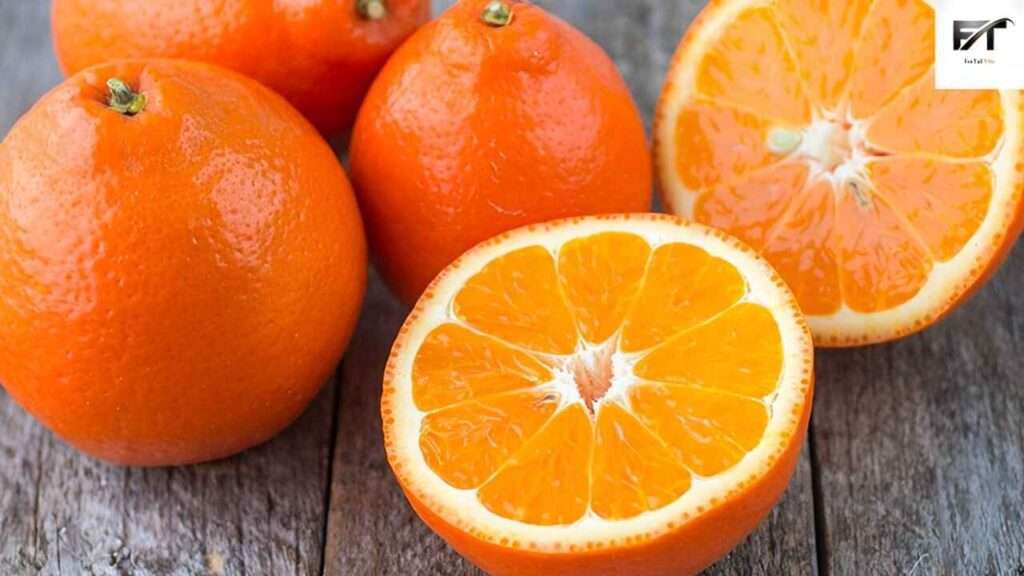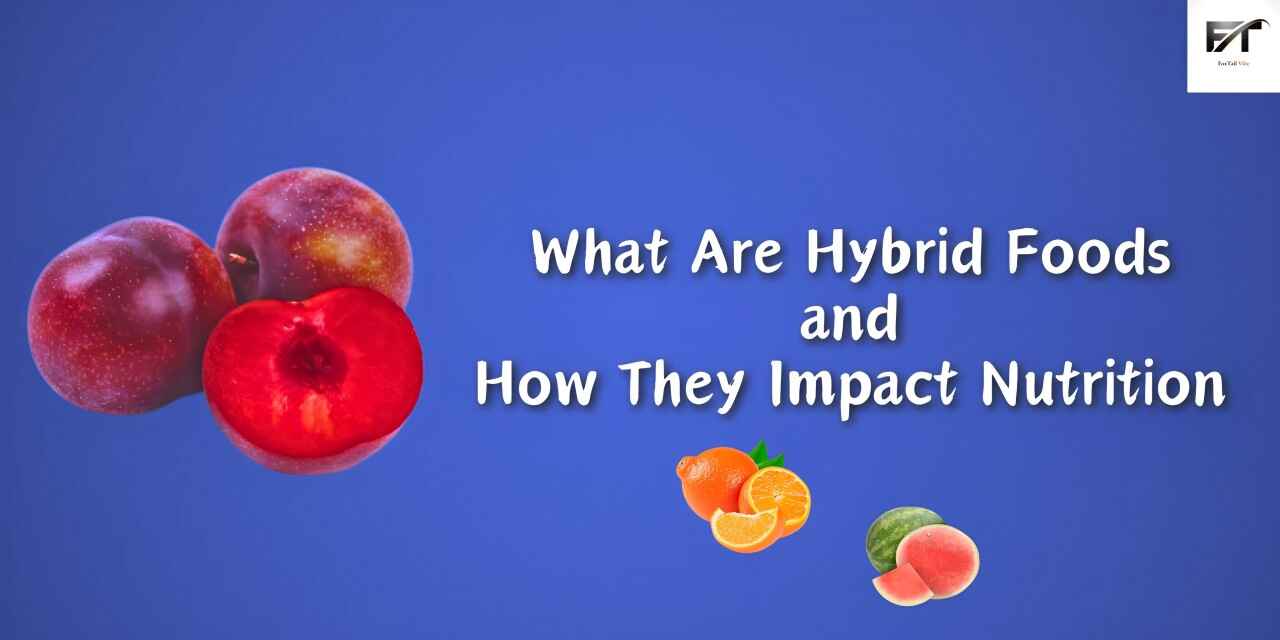In today’s world, the food we eat isn’t always as straightforward as it seems. You might have heard the term “hybrid foods” tossed around, but what exactly are they, and how do they affect our nutrition? In this comprehensive guide, we’ll delve into the world of hybrid foods, exploring what they are, how they’re made, and their implications for our health and nutrition.
What are Hybrid Foods?

Hybrid foods are the result of crossbreeding different varieties of plants within the same species. This crossbreeding is done to create new traits or characteristics in the offspring that are not found in either parent plant. Essentially, hybridization involves combining the genetic material of two distinct plants to produce a new variety with desired traits.
How are Hybrid Foods Created?
Hybridization can occur naturally through cross-pollination or can be facilitated by humans through controlled breeding techniques. In controlled breeding, plant breeders carefully select parent plants with desirable traits, such as disease resistance, yield, or flavor. These parent plants are then cross-pollinated to create offspring with a combination of these traits. Over successive generations, plants with the desired characteristics are selected for further breeding, resulting in the development of new hybrid varieties.
Examples of Hybrid Foods:
Hybrid foods can be found across various categories, including fruits, vegetables, and grains. Some common examples of hybrid foods include:
- Broccolini: A hybrid of broccoli and Chinese broccoli, broccolini features small florets and long, tender stems.
- Plumcot: A cross between a plum and an apricot, plumcots combine the sweetness of plums with the tanginess of apricots.
- Tangelo: A hybrid of tangerine and pomelo or grapefruit, tangelos have a sweet-tart flavor and are rich in vitamin C.
- Seedless Watermelon: Developed through selective breeding, seedless watermelons are easier to eat and enjoy without the hassle of seeds.
Impact on Nutrition:
Hybrid foods can have both positive and negative impacts on nutrition, depending on the specific traits that are bred into them. Here are some key considerations:
- Nutrient Content: The nutrient content of hybrid foods may vary depending on the specific varieties and breeding objectives. In some cases, hybridization may result in plants with higher levels of certain vitamins, minerals, or antioxidants. However, it’s essential to note that nutrient content can also be influenced by factors such as growing conditions, soil quality, and harvesting methods.
- Taste and Flavor: One of the primary goals of hybridization is to improve the taste, flavor, and texture of fruits and vegetables. By combining desirable traits from different parent plants, hybrid foods may offer a more appealing sensory experience, encouraging people to consume them more regularly as part of a balanced diet.
- Availability and Shelf Life: Hybridization can also influence the availability and shelf life of certain foods. For example, hybrid varieties may be bred to be more resistant to pests, diseases, or environmental stressors, resulting in increased yield and longer storage life. This can contribute to greater accessibility and affordability of these foods for consumers.
Potential Concerns:
While hybridization has contributed to advancements in agriculture and food production, some people have raised concerns about the potential drawbacks of hybrid foods. These concerns may include:
- Genetic Diversity: Intensive breeding of hybrid varieties can sometimes lead to a loss of genetic diversity within plant populations, making them more vulnerable to diseases, pests, and environmental changes.
- Allergenicity: Crossbreeding different plant species could potentially introduce new allergens or trigger allergic reactions in sensitive individuals. However, thorough testing and evaluation are typically conducted to assess the safety of hybrid varieties before they are introduced to the market.
- Environmental Impact: The widespread cultivation of hybrid crops may have environmental implications, such as increased use of pesticides, water, and other resources. Sustainable farming practices and biodiversity conservation efforts are essential to mitigate these potential impacts.
Hybrid foods play a significant role in modern agriculture and food production, offering a diverse array of options with unique flavors, textures, and nutritional profiles. While hybridization has its benefits, it’s essential to consider the potential implications for nutrition, genetic diversity, and environmental sustainability. By understanding the process of hybridization and its impact on food, consumers can make informed choices that support their health and well-being while also promoting a more sustainable food system.
Also Read – Best Plant-Based Protein Sources for Vegetarians and Vegans
